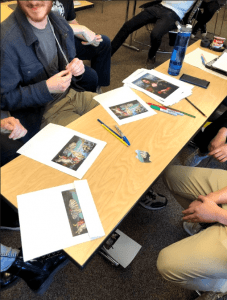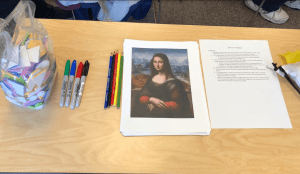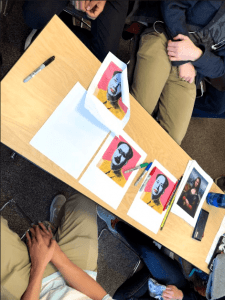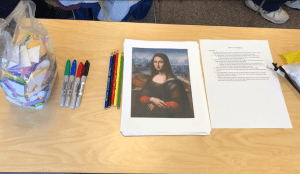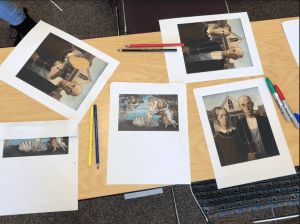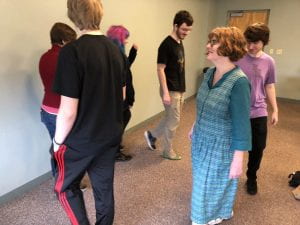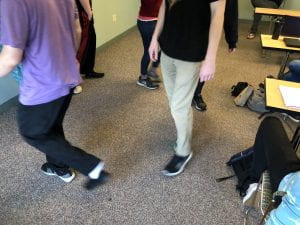The game I chose for the show and tell was Heart Machine’s 2016 game Hyper Light Drifter, a 2D action role-playing game in the style of the original Legend of Zelda,
In Hyper Light Drifter, you play as a nameless wanderer, travelling through a destroyed, alien land as you attempt to complete a quest of unknown consequences. Aside from the menu, there are no words of any kind. Instead, the player is presented with alien script and beautifully rendered pixel art and have to discern for themselves what is going on and why.
You know a few things, such as the world is destroyed, and that the player’s character is afflicted with some unknown illness that, from time to time, causes them to cough up blood and pass out from time to time. But what you don’t know makes the game that much more interesting.
Hyper Light Drifter is not just a game about dealing with illness (Alex Preston, the game’s director, has spoken about how the game acts as a way to express his own experiences with Congenital Heart Disease), but a game about loneliness and isolation. Aside from your floating robot companion, the only people you talk to are shop owners and travelers you meet along the way. Most times, you are alone, trying to complete an esoteric quest by solving some unknown riddle. It can be confusing and disheartening at some points, but when you finally complete a task, you really feel like you’r fighting back against some unknowable terror in a world you don’t belong in.

